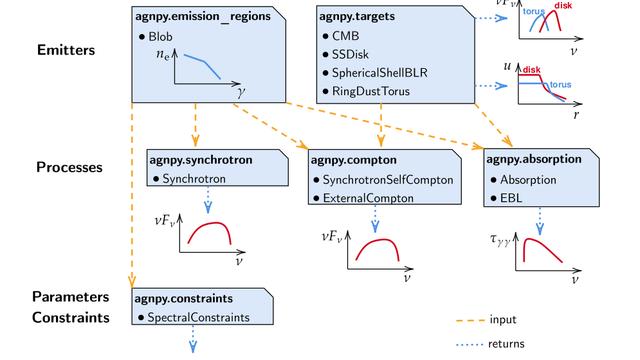New Paper
New Gamma-ray group paper
January 12, 2022
Gamma-ray Group“agnpy: an open-source python package modelling the radiative processes of jetted active galactic nuclei ” by C. Nigro and others has been accepted for publication at the Astronomy & Astrophysics journal.
This is the release paper of agnpy, an open-source software package modelling the radiative processes of relativistic particles accelerated in the jets of active galactic nuclei.
The package includes classes describing the galaxy components responsible for line and thermal emission and calculates the absorption due to gamma-gamma pair production on several photon fields.
agnpy aims at extending the effort of modelling and interpreting the emission of extragalactic sources to a wide number of astrophysicists.
The package is validated by comparing its results against the literature and against other open-source software, thus representing one of the first endeavours of providing reproducible and transparent astrophysical software not only for data reduction and analysis, but also for modelling and interpretation.
Cosimo Nigro is the creator and the main developer of the package, which is included among the packages affiliated with the astropy project.

